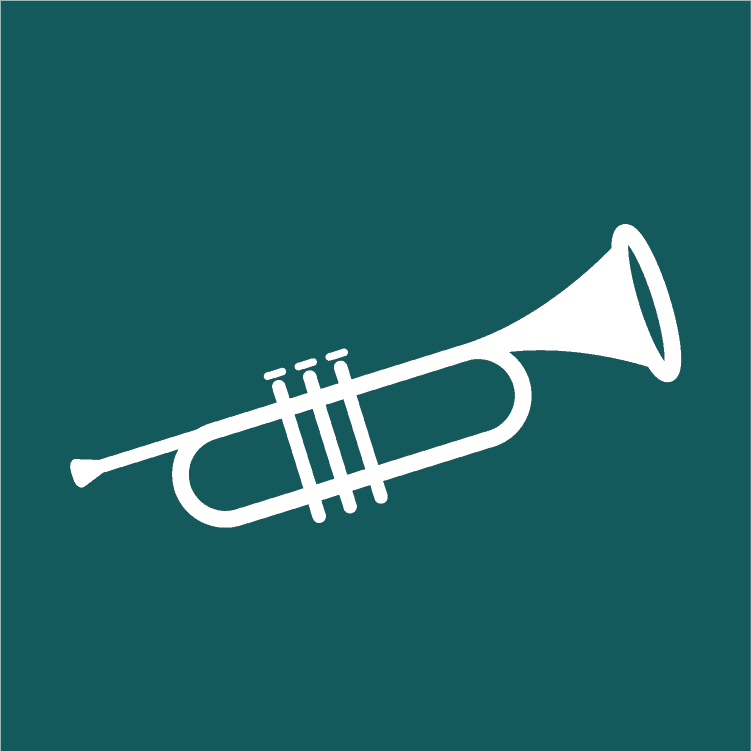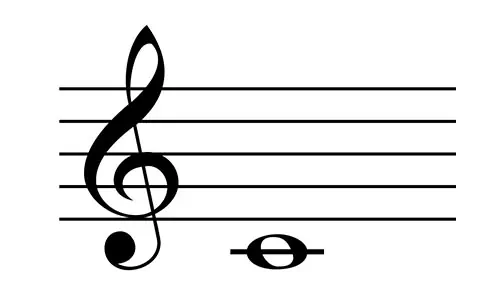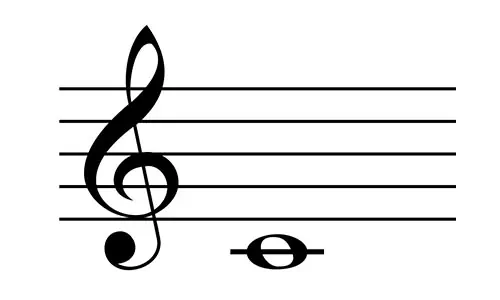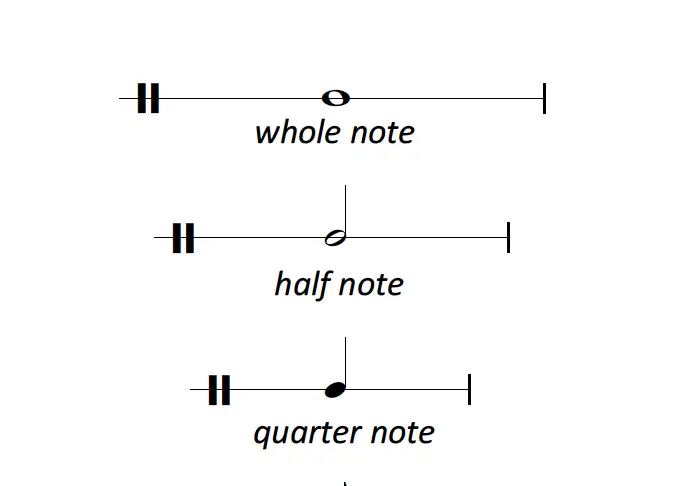how to Read Trumpet Sheet Music
Your one-stop self-help guide to reading trumpet sheet music

Figuring out how to read music is a very critical skill to have. But it is additionally a different skill from actually playing the trumpet. Why should we handle them as one and the same! As a section within our ‘Beginner’s Guide To Learning The Trumpet’, we hope to provide the tools and knowledge to read music far better.
Musical Notation - what's it all about?
So how does someone from Singapore write down something, and someone in the united states can understand it? It’s simply because they follow the rules of reading and writing in the English language. Published written music notation is exactly the same thing. If you’re in Miami or Melbourne, so long as you can decipher the symbols on the page, it is possible to play the music.
But when was it developed? Well, really early examples have been found on natural stone tablets as long ago as 2000 B.C. Though the modern-day variety we read now was actually made by Catholic Monks to make church music all over the world a standard format!

How Crucial Is Learning To Read Music?
Let’s be totally honest. Finding out how to read music is a hard thing to do.
If you’re looking to perform pop/rock music, it’s not so crucial that you discover how to read music. Nevertheless, if you do, you’ll find life much easier in the future.
It is possible to absolutely go down this path if you choose. Just be aware that like riding a bicycle, reading music is really a skill you always remember – and the positives massively exceed the negatives.
How Should You Discover How To Read Music?
When you learnt to read and write, did you handle them as the exact same process? Of course not. Controlling your hand actions by using a pen, mastering the shapes of characters, finding out how letters join together are all a radically different skill from using your eyes to determine what a combination of characters spells.
Reading music, and the process of learning to make it happen is exactly the same.
The process of playing the trumpet is a totally different skill from the process of reading the music that is positioned in front of you. Yes, there exists an interconnection. But it’s not precisely the same. So any teacher who is not splitting out those two tasks, and teaching them through different strategies, should really be fired!
Understand The Fundamentals Of Music Notation
The Treble Clef Staff
For the trumpet, staff notation is actually organized around something called the treble staff. This contains a stave (the term for the lines) of 5 lines and 4 spaces. It is usually marked with a treble clef (the squiggly thing at the start of the line)!
Middle C lies in the gap at the very bottom of the stave, upon an imaginary line.
Notes can sit on a line or in a space. The vertical placement (height) of the note defines the pitch. The higher up the stave, the higher the pitch. In the event, the note has to move higher or below the stave lines, we add mini lines for each note that is higher or lower. Those lines are called ledger lines.

The notes
So that we don’t need to count up from middle C to find our note, we are able to make use of a technique – and it’s as simple as remembering the word FACE…

The five lines of the treble staff are EGBDF. The acronyms that happen to be popular are usually “Every Good Boy Does Fine” or “Every Girl Boss Does Fine.” We personally believe they are pretty rubbish, and it’s far more entertaining to make up your own!

And simply for an overall view, this is actually the entire Treble Clef Staff, with all notes…

How To Tell The Length Of The Notes
When reading music, we all read from left to right. And now we recognize what placement on the stave makes what note, we must have another instruction from the printed symbol. We will need to discover how long to hold the note for.
The design of the note informs you the length of time to play it.
- A whole note (or if you are in the UK, it’s called a Semibreve) is an empty circle and lasts four counts.
- A half note (or if you are in the UK, it’s called a Minim) adds a stem and lasts two counts.
- A quarter note (or if you are in the UK, it’s called a Crotchet) fills in the circle and lasts one count.


How To Read Trumpet sheet Music - Summary
Was it as challenging as you imagined?
You have the details, now go and practice what you’ve acquired! What’s that old saying about taking a horse to water, but you can’t make it drink…
Not surprisingly, there exists a great deal of details that I haven’t given you yet – but it’s all about handling the info to never overwhelm you. Whenever you might be confident making use of these facts, you’ll naturally uncover much more…
About the Author
Cai Isfryn
My name’s Cai Isfryn and I’m a trumpet player who’s performed with Public Service Broadcasting and Bastille, appearing numerous times at Glastonbury Festival as well as some of the world’s most famous concert halls such as the Sydney Opera House and The Royal Albert Hall. I studied at the Guildhall School of Music and Drama and am endorsed by Bach (I play a Stradivarius model 37). Aside from the trumpet I enjoy yoga and meditation as well as any endurance sport. I’m currently training for my first Ironman next year.
Other posts by this author
Have You Been Experiencing 4 Feature Friday?
Every week, on a Friday, I send the four Feature Friday mail. It’s a basic idea that includes four brilliant things I”ve found that week.
As long as it’s music relevant, it could finish up in the email. Completely new tracks, tricks, products, critiques – anything at all.
Obtain access by simply clicking below.
Read the next post in this series:




